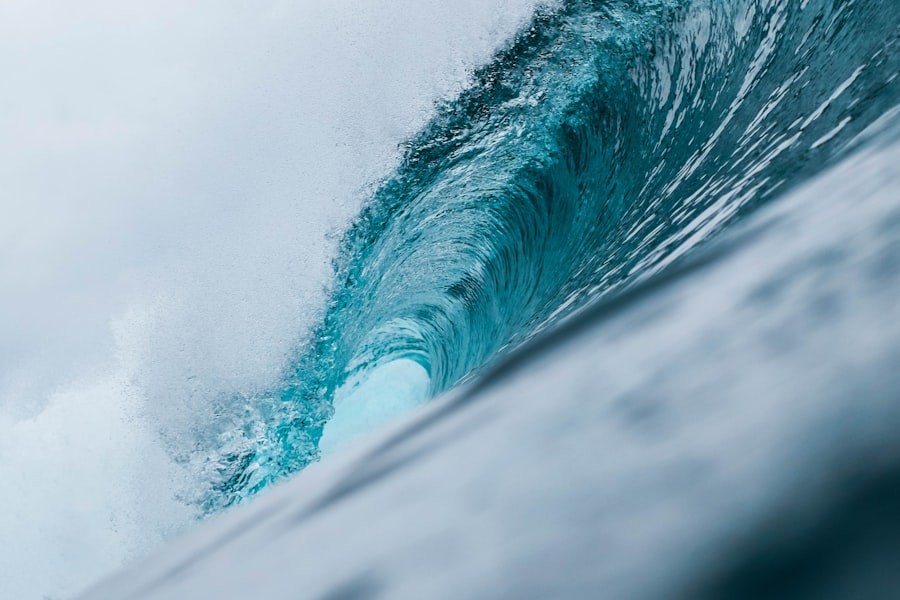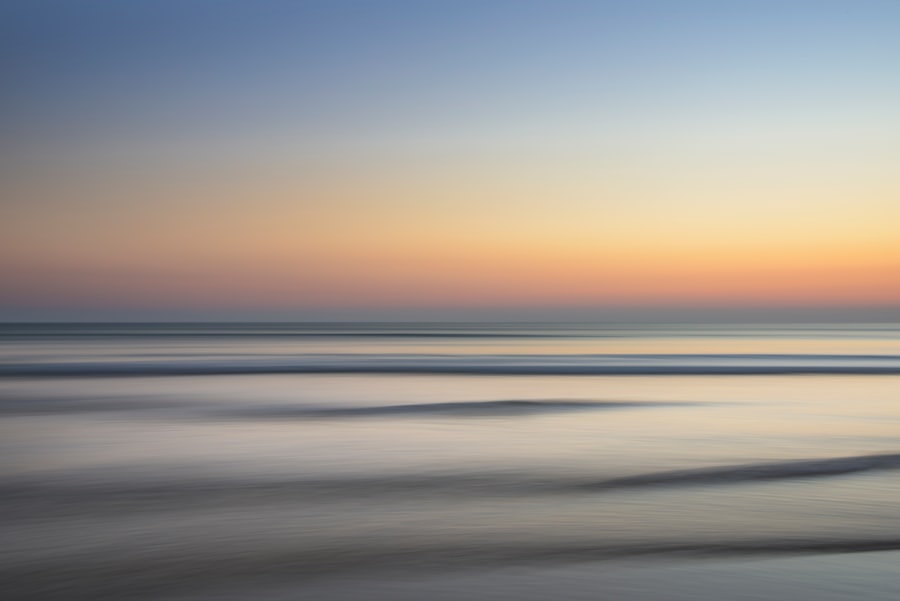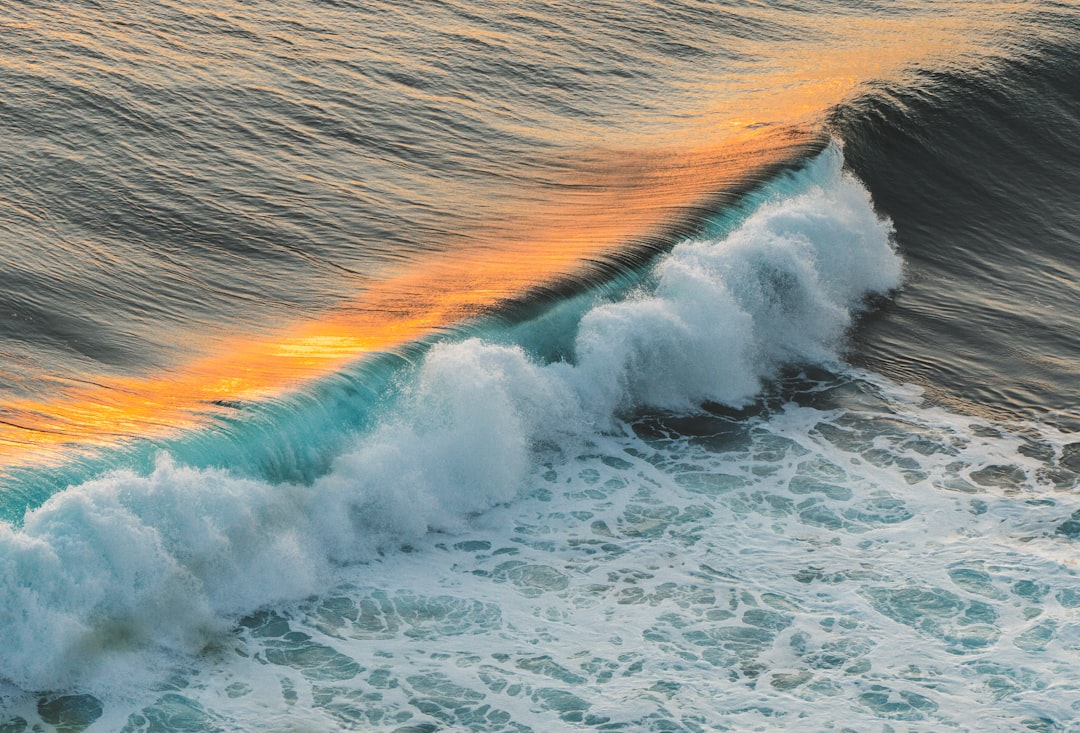The Drake Passage, a body of water situated between the southern tip of South America and Antarctica, is renowned for its tumultuous seas and unpredictable weather patterns. This narrow stretch of ocean, measuring approximately 800 kilometers (500 miles) in width, serves as a critical conduit for maritime traffic between the Atlantic and Pacific Oceans. The passage is named after Sir Francis Drake, the English explorer who navigated these waters in the late 16th century.
Its significance extends beyond mere geography; it is a vital area for marine biodiversity and plays a crucial role in global oceanic currents. The unique geographical features of the Drake Passage contribute to its notorious reputation. The convergence of the Atlantic, Pacific, and Southern Oceans creates a dynamic environment where powerful currents collide, resulting in steep waves and turbulent conditions.
The passage is often characterized by its strong winds, which can reach speeds of up to 60 knots, further complicating navigation. For sailors and adventurers alike, understanding the intricacies of the Drake Passage is essential for safe passage and successful voyages.
Key Takeaways
- The Drake Passage is a body of water between South America’s Cape Horn and the South Shetland Islands of Antarctica, known for its rough seas and challenging conditions.
- Drake Passage waves can reach heights of 30 feet or more, posing significant dangers to ships and passengers.
- Navigating strategies for Drake Passage waves include choosing the right time of year, following established shipping routes, and using stabilizing equipment.
- Proper equipment and gear for crossing the Drake Passage include sturdy sea-worthy vessels, safety harnesses, and emergency communication devices.
- Weather considerations for crossing the Drake Passage include the potential for extreme storms and rapidly changing conditions, requiring careful planning and monitoring.
The Dangers of Drake Passage Waves
The waves of the Drake Passage are infamous among mariners for their size and ferocity. These waves can reach heights of over 30 feet, creating a daunting challenge for even the most experienced sailors. The combination of strong winds and swift currents can lead to chaotic sea conditions, making navigation perilous.
The unpredictability of these waves is one of the primary reasons why many vessels approach the passage with caution, often waiting for favorable weather conditions before attempting to cross. Moreover, the dangers posed by the waves extend beyond mere physical challenges. The psychological toll on crew members can be significant, as the constant motion of the vessel and the threat of capsizing can induce anxiety and fear.
Understanding these dangers is crucial for anyone planning to traverse the Drake Passage, as it requires not only physical preparedness but also mental resilience to cope with the stresses of navigating such treacherous waters.
Navigating Strategies for Drake Passage Waves

Successfully navigating the waves of the Drake Passage requires a combination of skill, experience, and strategic planning. Mariners often employ various techniques to mitigate the risks associated with these turbulent waters. One common strategy involves timing the crossing to coincide with favorable weather patterns.
By monitoring weather forecasts and ocean conditions, sailors can identify windows of opportunity when the seas are calmer, allowing for a safer passage. In addition to timing, experienced sailors often adjust their sailing techniques to accommodate the unique challenges posed by the Drake Passage. This may include altering sail configurations to reduce wind resistance or adjusting course angles to minimize exposure to oncoming waves.
Utilizing advanced navigation technology can also enhance safety, as GPS systems and radar can provide real-time data on wave heights and wind speeds, enabling sailors to make informed decisions during their journey.
Equipment and Gear for Crossing the Drake Passage
| Equipment and Gear | Description |
|---|---|
| Waterproof Jacket | A waterproof and windproof jacket to protect against the harsh weather conditions. |
| Insulated Boots | Insulated boots to keep feet warm and dry during landings and excursions. |
| Thermal Layers | Thermal base layers to provide warmth and insulation. |
| Gloves and Hat | Insulated gloves and a warm hat to protect against the cold. |
| Sunglasses | Polarized sunglasses to protect eyes from the glare of the sun on the snow and ice. |
| Backpack | A sturdy backpack to carry essentials during excursions. |
Equipping a vessel for a crossing of the Drake Passage is a critical aspect of ensuring safety and comfort during the journey. Mariners must invest in high-quality gear designed to withstand harsh marine conditions. This includes sturdy life jackets, lifeboats, and emergency beacons that can be deployed in case of an emergency.
Additionally, vessels should be outfitted with reliable communication systems to maintain contact with other ships and shore-based support. Beyond safety equipment, comfort gear is also essential for long voyages across the Drake Passage. Proper clothing designed for cold and wet conditions is vital, as temperatures can plummet in this region.
Furthermore, having adequate provisions onboard—such as food, water, and medical supplies—ensures that sailors are well-prepared for any eventuality during their crossing.
Weather Considerations for Crossing the Drake Passage
Weather plays a pivotal role in determining the safety and feasibility of crossing the Drake Passage. The region is known for its rapidly changing weather patterns, which can shift from calm to stormy within a matter of hours. Mariners must remain vigilant in monitoring weather forecasts and be prepared to alter their plans accordingly.
Understanding local meteorological phenomena, such as squalls and low-pressure systems, is essential for anticipating potential hazards. In addition to immediate weather conditions, long-term seasonal patterns also influence crossing strategies. The summer months (November to March) generally offer more favorable conditions for navigation due to milder temperatures and reduced storm activity.
Conversely, winter months can bring severe storms and ice hazards that pose significant risks to vessels attempting to navigate these waters. Sailors must weigh these factors carefully when planning their crossings to ensure they choose the optimal time for their journey.
Safety Tips for Dealing with Drake Passage Waves

Safety should always be a top priority when navigating the challenging waters of the Drake Passage. One essential tip is to maintain a well-prepared vessel before setting sail. Regular maintenance checks on equipment and systems can prevent malfunctions during critical moments at sea.
Additionally, ensuring that all crew members are familiar with emergency protocols can enhance overall safety during unexpected situations.
This includes maintaining a proper lookout for changing conditions and being ready to adjust course or speed as necessary.
Crew members should also be trained in basic survival skills, such as using life rafts and emergency signaling devices. By fostering a culture of safety awareness among all crew members, vessels can significantly reduce risks associated with navigating the unpredictable waves of the Drake Passage.
The Importance of Experience and Expertise
Experience plays a crucial role in successfully navigating the Drake Passage’s treacherous waters. Seasoned mariners possess invaluable knowledge gained from years of sailing in challenging conditions. Their familiarity with the nuances of wave patterns, wind behavior, and weather forecasting allows them to make informed decisions that can mean the difference between a safe crossing and a perilous situation.
Moreover, expertise extends beyond individual experience; it encompasses teamwork and collaboration among crew members. A well-coordinated crew that communicates effectively can respond more adeptly to changing conditions and emergencies. Training exercises that simulate challenging scenarios can help build confidence and competence among crew members, ensuring that they are prepared for whatever challenges may arise during their journey across the Drake Passage.
Communication and Emergency Protocols for Crossing the Drake Passage
Effective communication is paramount when traversing the Drake Passage. Mariners must establish clear lines of communication among crew members as well as with other vessels in the vicinity. Utilizing VHF radios and satellite communication systems ensures that vital information can be shared quickly in case of emergencies or changing conditions.
In addition to communication tools, having well-defined emergency protocols is essential for maintaining safety during crossings. Crew members should be familiar with evacuation procedures, man-overboard drills, and emergency signaling methods. Regularly reviewing these protocols helps reinforce their importance and ensures that everyone knows their roles in case of an emergency.
By prioritizing communication and preparedness, vessels can navigate the challenges of the Drake Passage with greater confidence.
Psychological Preparation for Crossing the Drake Passage
The psychological aspect of crossing the Drake Passage should not be underestimated. The combination of isolation, unpredictable weather, and challenging sea conditions can take a toll on even the most seasoned sailors’ mental well-being. Preparing mentally for such an undertaking involves fostering resilience and maintaining a positive mindset throughout the journey.
Sailors can benefit from techniques such as visualization and mindfulness practices to help manage stress during challenging moments at sea. Establishing routines onboard—such as regular meal times or scheduled breaks—can also provide structure amidst uncertainty. By prioritizing mental health alongside physical preparedness, crew members can enhance their overall experience while navigating the formidable waters of the Drake Passage.
Environmental Considerations for Crossing the Drake Passage
The ecological significance of the Drake Passage cannot be overlooked when planning a crossing. This region serves as a critical habitat for various marine species, including whales, seals, and seabirds. Mariners must adopt environmentally responsible practices to minimize their impact on this delicate ecosystem during their journey.
One key consideration is waste management onboard vessels. Proper disposal of waste materials ensures that pollution does not enter these pristine waters. Additionally, mariners should be mindful of their fuel consumption and emissions to reduce their carbon footprint while navigating through this ecologically sensitive area.
By prioritizing environmental stewardship, sailors can contribute to preserving the natural beauty and biodiversity of the Drake Passage for future generations.
The Rewards of Successfully Navigating the Drake Passage
Successfully crossing the Drake Passage offers numerous rewards that extend beyond mere accomplishment. For many sailors, it represents a rite of passage—a testament to their skills and determination in overcoming one of nature’s most formidable challenges. The sense of achievement that comes from navigating these treacherous waters fosters camaraderie among crew members and creates lasting memories that will be cherished long after the journey concludes.
Moreover, reaching Antarctica after traversing the Drake Passage opens up opportunities for exploration and discovery in one of Earth’s last frontiers. The breathtaking landscapes, unique wildlife encounters, and pristine environments encountered on this journey provide an unparalleled experience that few others will ever know. For those who dare to brave its waves, the rewards of successfully navigating the Drake Passage are both profound and transformative.
The Drake Passage is renowned for its tumultuous waters and towering waves, making it a formidable route for sailors and researchers alike. For those interested in exploring more about the geographical and oceanographic significance of this region, a related article can be found on MyGeoQuest. This article delves into the unique challenges and natural phenomena associated with the Drake Passage, offering insights into why this area is both feared and revered by mariners. To learn more, you can visit the article on MyGeoQuest’s website.
WATCH HERE: Drake Passage: Earth’s Deadliest Waters Revealed
FAQs
What are Drake Passage waves?
Drake Passage waves are large and powerful ocean waves that occur in the Drake Passage, the body of water between the southern tip of South America and the northern tip of the Antarctic Peninsula.
What causes Drake Passage waves?
Drake Passage waves are primarily caused by the strong westerly winds and the interaction between the Antarctic Circumpolar Current and the steep underwater topography of the Drake Passage.
How big can Drake Passage waves get?
Drake Passage waves can reach heights of up to 30 meters (98 feet) during extreme weather conditions, making them some of the largest and most powerful waves in the world.
Are Drake Passage waves dangerous?
Yes, Drake Passage waves are considered to be extremely dangerous for maritime activities due to their size, power, and unpredictable nature. They pose significant risks to ships and other vessels passing through the area.
What impact do Drake Passage waves have on marine life?
Drake Passage waves can have a significant impact on marine life in the region, affecting the distribution and behavior of marine species. The turbulent waters and strong currents can make it challenging for marine animals to navigate and forage for food.
